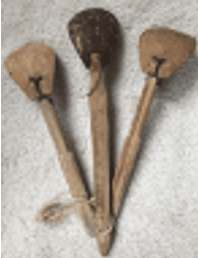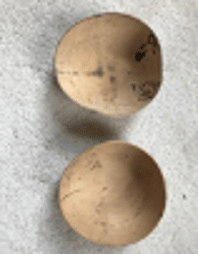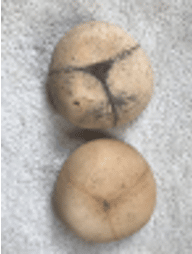Before the road between Dumaguete City, the capital of Negros Orientale, and our village of Zamboanguita was paved, before electricity, water, and sewers were available, we pumped water by hand to a storage tank on the balcony of the second floor of our four-room house.
We were four women PCVs living together with the woman who owned the house. She also cooked, cleaned, and did the laundry. This was a village of fishermen, subsistence farmers, and small harvesters of coconuts. Pigs and chickens wandered freely. The first group of volunteers in the Philippines were all “teachers’ aides” because the Peace Corps wanted to get a large number of volunteers into the country. The government agreed to take us in order to help improve English speaking throughout the schools.
The Philippines already had a surplus of teachers and wanted to make it clear that no Filipino teachers would be replaced. My housemates and I all taught English, science, and math in different schools. Some teachers would take a break and let us teach when we were in the classroom.
My rural primary school students made coconut bowls and spoons, something they would also do at home. The spoons were made from a coconut shell and bamboo handle. One of my students also made and painted a bamboo drinking cup. My roommates and I thought that our students might be able to sell the coconut bowls if we helped them. They lacquered several of the bowls to show the rich colors of the coconut shells. When the US Ambassador’s wife visited our area, we showed our students’ handiwork to her. She admired them and then asked, “Are they suitable for a dishwasher?” She was met with blank stares.
In the Mountain Province of the island of Luzon, artisans produced carvings of birds, animals, fruits, and weavings for the tourist markets. I bought a wooden statue from a carver whose house was open to visitors. I asked whether he had anything he might have made for himself. He thought a moment, stepped out of the shop and came back with the statue, which had a silver fertility symbol around its neck. The symbol was in the shape of a uterus and fallopian tubes; the silver was from old Spanish coins.
I then committed a cultural faux pas by admiring the earrings of the elderly woman in the household. The earrings bore the same fertility symbol. She started to struggle to remove one of the earrings. I tried to say, “No, please don’t take them out”— but we did not speak a common language. I later learned that in this locale, when someone admires something you have, it is a cultural obligation for you to give that object to the admirer.
I was very embarrassed by my mistake. All I could think of was to give her the two very ordinary silver bangles I was wearing at the time. She told me through a family interpreter that she was glad to pass them on. She had worn them since she was a girl, but her daughter had shown no interest in these old things. When I returned to the US, I had the earrings made into pins, one for my mother and the other one for me. After my mother died, the pair of fertility earrings were reunited.
Both my earrings and the coconut pieces remind me of my Peace Corps experience in the Philippines and of the wonderful ability of the local people to create art from mere products found at hand.






